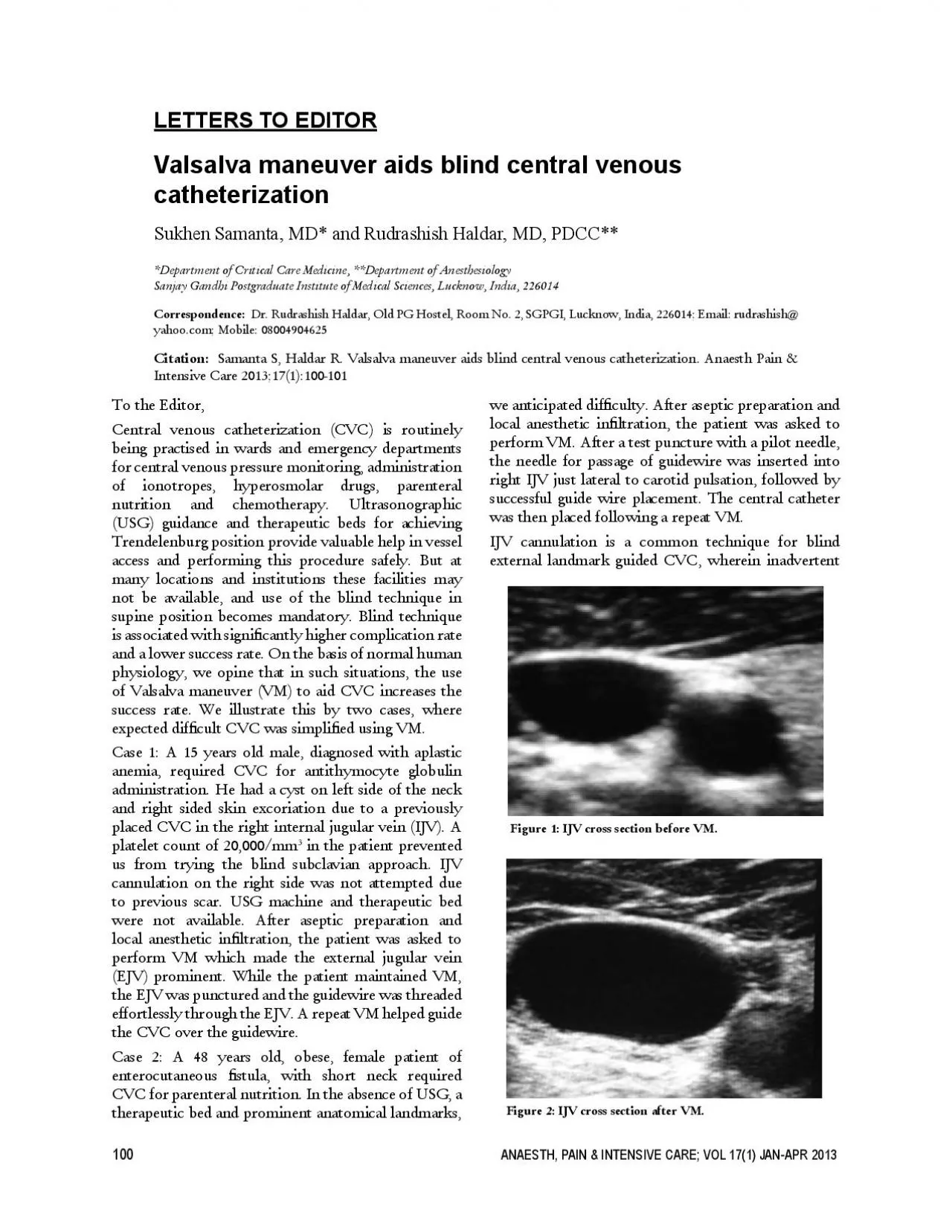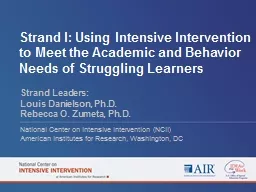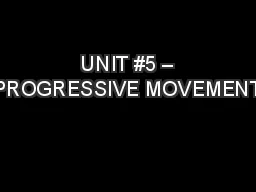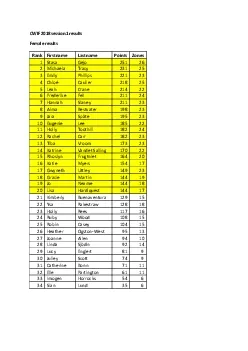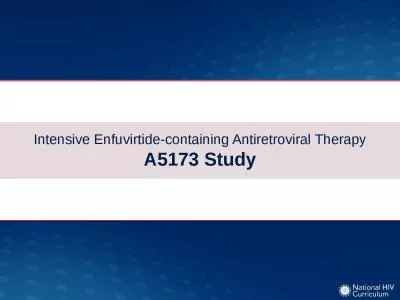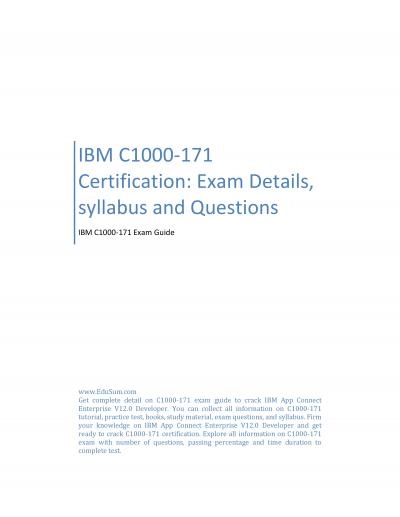PDF-ANAESTH PAIN INTENSIVE CARE VOL 171 JANAPR 2013
Author : alis | Published Date : 2022-08-27
LETTERS TO EDITORValsalva maneuver aids blind central venous Sukhen Samanta MD and Rudrashish Haldar MD PDCC Dr Rudrashish Haldar Old PG Hostel Room No 2 SGPGI Lucknow
Presentation Embed Code
Download Presentation
Download Presentation The PPT/PDF document "ANAESTH PAIN INTENSIVE CARE VOL 171 JAN..." is the property of its rightful owner. Permission is granted to download and print the materials on this website for personal, non-commercial use only, and to display it on your personal computer provided you do not modify the materials and that you retain all copyright notices contained in the materials. By downloading content from our website, you accept the terms of this agreement.
ANAESTH PAIN INTENSIVE CARE VOL 171 JANAPR 2013: Transcript
Download Rules Of Document
"ANAESTH PAIN INTENSIVE CARE VOL 171 JANAPR 2013"The content belongs to its owner. You may download and print it for personal use, without modification, and keep all copyright notices. By downloading, you agree to these terms.
Related Documents

